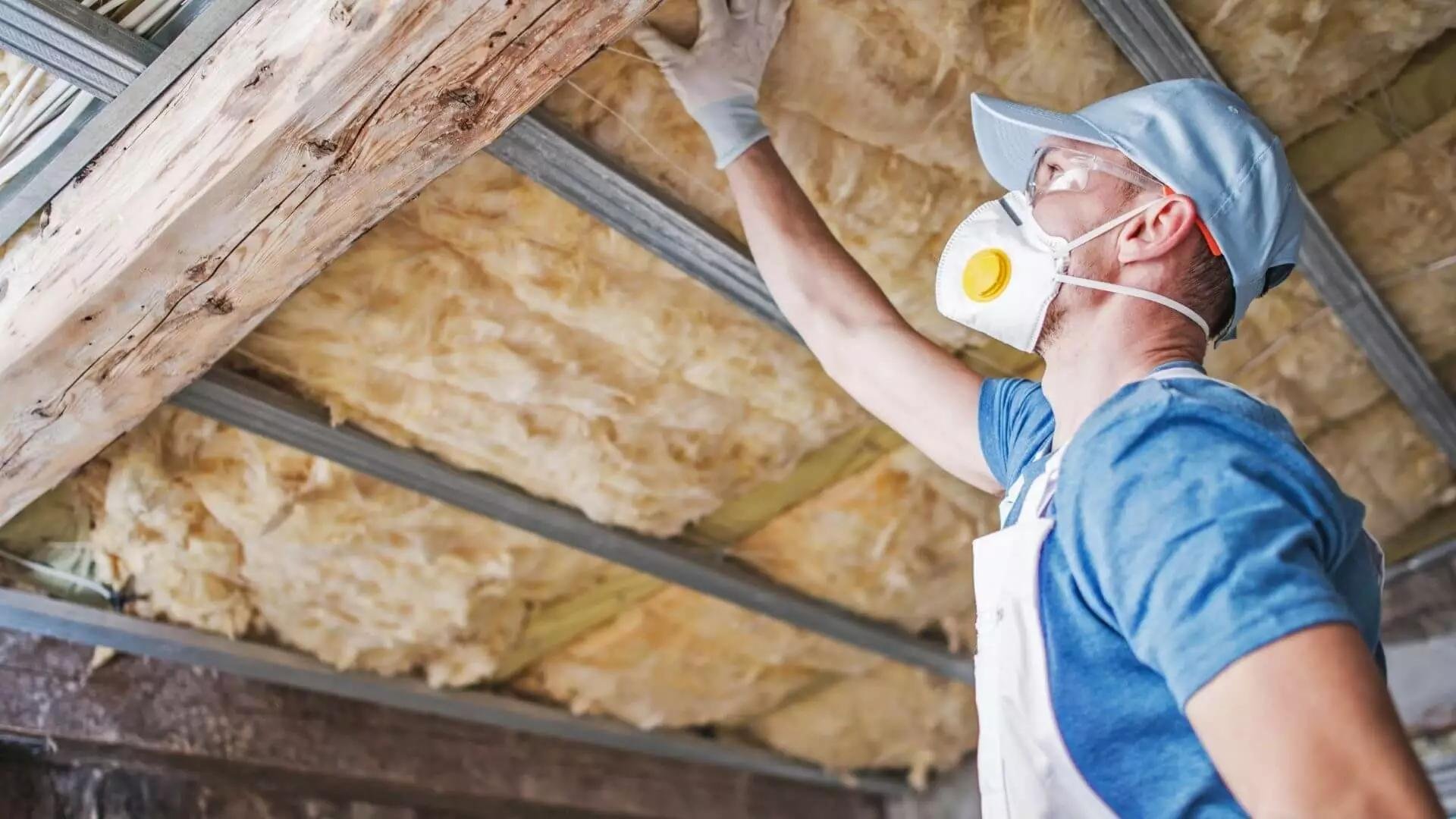

Articles
How Do You Keep Insulation From Falling Down
Modified: October 20, 2024
Discover effective tips and techniques in our articles on how to prevent insulation from falling down. Protect your home and keep your insulation in place for ultimate energy efficiency.
(Many of the links in this article redirect to a specific reviewed product. Your purchase of these products through affiliate links helps to generate commission for Storables.com, at no extra cost. Learn more)
Introduction
Insulation is a vital component of any building’s energy efficiency and comfort. It helps to regulate temperature, reduce energy consumption, and improve indoor air quality. However, one common issue that homeowners and building owners face is insulation falling down over time. This can greatly reduce the effectiveness of insulation and compromise its performance.
In this article, we will explore the importance of properly installed insulation and discuss the causes of insulation falling down. Furthermore, we will provide you with methods and techniques to prevent insulation from falling down, ensuring that your insulation remains intact and functional for years to come.
So, if you’re tired of dealing with insulation that constantly sags or falls down, keep reading to discover effective solutions that will help you keep your insulation in place.
Key Takeaways:
- Properly installed insulation is essential for energy efficiency, comfort, and longevity. Selecting the right material, correct installation, and regular maintenance are key to preventing insulation from falling down and ensuring optimal performance.
- Insulation falling down can be prevented by using appropriate materials, correct installation techniques, and regular maintenance. By addressing underlying issues and implementing effective solutions, you can maintain a stable and efficient insulation system.
Read more: How Do I Keep My Dryer Vent From Falling Off
Importance of Properly Installed Insulation
Properly installed insulation plays a crucial role in maintaining a comfortable and energy-efficient environment within a building. Here are some key reasons why it is important to ensure your insulation is installed correctly:
- Energy efficiency: Insulation acts as a barrier that prevents the transfer of heat between the inside and outside of a building. When insulation falls down or sags, it creates gaps and voids, allowing heat to escape during the colder months and enter during the warmer months. This results in increased energy consumption and higher utility bills. Properly installed insulation ensures that there are no gaps or compressions, maximizing energy efficiency and reducing heating and cooling costs.
- Comfort: Insulation not only helps to regulate temperature but also reduces the transmission of sound. When insulation is properly installed, it provides a more comfortable indoor environment by preventing drafts and minimizing noise transfer from outside. This creates a quieter and more peaceful living or working space.
- Health and safety: Insulation plays a crucial role in maintaining indoor air quality. When insulation falls down, it can create a breeding ground for molds, pests, and other allergens, leading to various health issues. Proper installation ensures that insulation is sealed and prevents the infiltration of moisture, reducing the risk of mold growth and associated health problems.
- Longevity: A properly installed insulation system can last for many years, providing long-term benefits. When insulation falls down or sags, it becomes compressed or damaged, losing its insulating properties. This reduces its effectiveness and lifespan, requiring premature replacement. By ensuring proper installation, you can extend the lifespan of your insulation, saving both time and money in the long run.
By understanding the importance of properly installed insulation, you can take the necessary steps to prevent it from falling down and maximize its performance. The next section will delve into the common causes of insulation falling down, helping you identify potential issues and tackle them effectively.
Causes of Insulation Falling Down
Insulation can fall down or sag due to a combination of factors. Understanding these causes is essential in order to address the root of the problem. Here are some common reasons why insulation may fall down:
- Poor installation: Improper installation techniques can cause insulation to become loose or dislodged over time. Inadequate fastening, insufficient support, or improper sealing can lead to insulation falling down.
- Moisture damage: Excessive moisture or water leaks in the building can compromise the integrity of insulation. When insulation gets wet, it becomes heavy and loses its shape, ultimately leading to sagging or falling down. Additionally, moisture can promote the growth of mold and mildew, further contributing to insulation displacement.
- Age and wear: Over time, insulation materials can deteriorate and lose their structural integrity. This can be due to aging, exposure to extreme temperatures, or physical wear and tear. As insulation weakens, it becomes more susceptible to sagging and falling down.
- Damage during construction or renovations: During construction or remodeling projects, insulation can accidentally get damaged or displaced. Vibrations from heavy machinery, improper handling, or unintentional removal can all contribute to insulation falling down.
- Pests and rodents: Pests and rodents can create nests within insulation, causing it to become dislodged or collapsed. Their activities can weaken the structural integrity of the insulation, leading to sagging or falling down.
- Settling of building structure: The natural settling of a building over time can cause insulation to shift and settle as well. This can result in gaps or voids in the insulation, leading to the cascade effect of insulation falling down in certain areas.
Identifying the cause of insulation falling down is crucial in implementing effective solutions. By addressing the underlying issue, you can prevent further damage and ensure the longevity and performance of your insulation system. The next section will provide you with methods and techniques to prevent insulation from falling down.
Methods to Prevent Insulation from Falling Down
To ensure that your insulation remains in place and functions optimally, there are several methods and techniques you can employ. These methods will help prevent insulation from falling down and maintain its effectiveness throughout the life of your building. Here are five key methods to consider:
- Selection of Appropriate Insulation Material: Choosing the right insulation material is the first step in preventing insulation from falling down. Consider factors such as durability, moisture resistance, and structural integrity when selecting insulation. Opt for materials that are designed to withstand the conditions of your building, as this will reduce the likelihood of insulation sagging or becoming dislodged.
- Correct Installation Technique: Proper installation is critical to the longevity and performance of insulation. Ensure that your insulation is installed following manufacturer guidelines and industry best practices. Utilize the correct fastening methods, sealing techniques, and support structures to secure the insulation in place. This will prevent it from sagging or falling down over time.
- Use of Insulation Fasteners and Hangers: Insulation fasteners and hangers are invaluable tools for securing insulation in place. These devices help to attach insulation to surfaces such as walls, ceilings, or roofs, preventing it from dislodging or sagging. There are various types of fasteners and hangers available, ranging from nails and staples to specialized clips and straps. Choose the appropriate fasteners that are compatible with your insulation material and the surface to be mounted on.
- Properly Securing Insulation in Attic Spaces: Attic spaces are prone to insulation falling down due to their unique conditions. To prevent this, use insulation supports or barriers to hold the insulation in place. Avoid compressing the insulation excessively, as this can reduce its effectiveness and cause it to sag. Additionally, ensure good attic ventilation to prevent moisture buildup and damage to the insulation.
- Regular Maintenance and Inspections: Regular maintenance and inspections are crucial in identifying and addressing any issues with insulation. Regularly check for signs of sagging or displacement and take immediate action to rectify the problem. This can involve re-securing loose insulation, replacing damaged sections, or addressing any underlying issues that may be causing the insulation to fall down.
By implementing these methods to prevent insulation from falling down, you can ensure that your insulation system remains intact and performs optimally over time. Remember, it is essential to address any issues promptly to avoid further damage and maximize the benefits of insulation in your building.
Selection of Appropriate Insulation Material
When it comes to preventing insulation from falling down, the selection of the right insulation material is crucial. Choosing an appropriate insulation material that can withstand the conditions of your building is essential for long-term performance and stability. Here are some key factors to consider when selecting insulation:
- Durability: Look for insulation materials that are durable and resistant to wear and tear. Insulation materials that are prone to breaking, crumbling, or deteriorating over time may lead to sagging or falling down. Consider factors such as the material’s strength and longevity to ensure it can withstand the demands of your building.
- Moisture resistance: Moisture can severely impact the integrity of insulation, leading to sagging or displacement. Choose insulation materials that have good moisture resistance properties, such as closed-cell foam or mineral wool. These materials are less prone to absorbing moisture, reducing the risk of damage and ensuring that the insulation remains in place.
- Structural integrity: Insulation materials with good structural integrity are less likely to sag or collapse over time. Consider materials that have good dimensional stability and maintain their shape even under pressure. This will help prevent the insulation from becoming compressed or displaced, ensuring its effectiveness.
- Fire resistance: Fire safety is an important consideration when choosing insulation. Look for materials that have a high fire resistance rating, such as fiberglass or rock wool. These materials can help contain the spread of fire and minimize damage, reducing the risk of insulation falling down in case of a fire incident.
- Compatibility: Ensure that the insulation material you choose is compatible with the surfaces where it will be installed. Different insulation materials have different installation methods and requirements. Consider factors such as adhesive compatibility, attachment options, and the need for additional support structures. Choosing a material that is easy to install and can be securely fastened will help prevent sagging or dislodging.
- Insulation thickness: The thickness of the insulation can impact its stability and resistance to sagging. Thicker insulation provides better coverage and reduces the risk of gaps or voids. Consider the recommended thickness for your building’s insulation needs and choose materials that can maintain their thickness over time.
By carefully considering these factors and selecting an appropriate insulation material, you can significantly reduce the chances of your insulation falling down. Remember to consult with insulation professionals or manufacturers to determine the best insulation material for your specific building requirements.
Use insulation support rods or wires to hold insulation in place. These can be installed horizontally or vertically to prevent insulation from falling down.
Read more: How To Keep Shattered Glass From Falling Out
Correct Installation Technique
Proper installation technique is paramount in preventing insulation from falling down and ensuring its long-term performance. When insulation is installed correctly, it remains securely in place, effectively providing thermal resistance and energy efficiency. Here are some key aspects to consider for the correct installation of insulation:
- Follow manufacturer guidelines: Always refer to the manufacturer’s guidelines and recommendations when installing insulation. Manufacturers provide specific instructions on how their insulation products should be installed to achieve optimal performance. Deviating from these guidelines can increase the likelihood of insulation sagging or falling down.
- Ensure adequate fastening: Properly fastening insulation is crucial for its stability. Use appropriate fasteners, such as staples, nails, or clips, that are compatible with the insulation material and the surface it will be installed on. Ensure that the fasteners are driven securely to hold the insulation in place without damaging it.
- Sealing and weatherstripping: Properly sealing and weatherstripping the edges and joints of insulation is essential to prevent air leakage and maintain its integrity. Use sealing tapes or foam gaskets to seal any gaps or openings. This helps to ensure that the insulation remains in place and minimizes the risk of it falling down due to air movement or pressure changes.
- Support structures: Depending on the type of insulation material, additional support structures may be needed to keep it in place. This could include installing wire mesh or netting to hold loose-fill insulation, using batt insulation supports, or utilizing insulation hangers in certain applications. These support structures provide stability and prevent sagging or displacement of the insulation.
- Proper cut and fit: Ensure that the insulation material is cut and fitted properly to cover the intended area without gaps or compression. Leaving gaps or compressing the insulation can lead to uneven distribution, reducing its effectiveness and increasing the risk of sagging or falling down. Take measurements accurately and trim or adjust the insulation as necessary for a snug and secure fit.
- Consider professional installation: If you are unfamiliar with insulation installation techniques or working with complex systems, it may be wise to hire a professional insulation contractor. They have the expertise and experience to ensure that insulation is installed correctly, minimizing the chances of it falling down or becoming dislodged.
By following the correct installation technique, you can greatly reduce the risk of insulation falling down and ensure its proper functioning. Take the time to understand the specific requirements for your chosen insulation material and consult professionals or manufacturers when needed for guidance on correct installation procedures.
Use of Insulation Fasteners and Hangers
Insulation fasteners and hangers are valuable tools in securing insulation in place and preventing it from falling down. These devices provide additional support and stability, ensuring that the insulation remains intact over time. Here are some key considerations when using insulation fasteners and hangers:
- Select the appropriate fasteners: Different types of insulation require different fasteners. Consider the type of insulation material and the surface it will be installed on when selecting the appropriate fasteners. Common options include insulation staples, nails, screws, clips, and straps. Consult with insulation manufacturers or professionals to determine which fasteners are best suited for your specific insulation needs.
- Follow recommended spacing: Make sure to follow the recommended spacing guidelines for installing the fasteners or hangers. This ensures even distribution of support across the insulation and helps prevent sagging or displacement. Improper spacing can result in weak areas that are more prone to failure.
- Install hangers for loose-fill insulation: If you are using loose-fill insulation, such as cellulose or fiberglass, hangers or netting should be installed to hold the insulation in place. Hangers or mesh netting act as a support structure, preventing the insulation from settling or falling down over time. These hangers are typically installed at regular intervals along the ceiling or walls to secure the insulation.
- Secure batt insulation: Batt insulation, which comes in pre-cut panels or rolls, can be secured in place using fasteners or insulation support clips. These clips hold the batt insulation against the framing, preventing it from sagging or shifting. When using fasteners, be careful not to compress the insulation excessively, as this can reduce its effectiveness.
- Consider adhesive options: In some cases, adhesive may be used to secure insulation to surfaces. This can be particularly useful when insulating ductwork or irregularly shaped areas. Choose an adhesive that is compatible with both the insulation material and the surface it will be adhered to. Follow the manufacturer’s instructions for proper application and ensure that the adhesive provides sufficient holding power.
- Consult professionals: If you are unsure about the appropriate use of insulation fasteners and hangers, it is advisable to seek guidance from insulation professionals. They have the expertise to determine the best fastening methods and can ensure that the insulation is securely installed.
By using insulation fasteners and hangers correctly, you can enhance the stability and longevity of your insulation. These devices provide additional support, prevent sagging or falling down, and contribute to the overall effectiveness of the insulation system.
Properly Securing Insulation in Attic Spaces
Attic spaces are particularly vulnerable to insulation falling down due to their unique conditions. To prevent this, it is important to take extra precautions when securing insulation in attics. Here are some essential steps to properly secure insulation in attic spaces:
- Use insulation supports: Insulation supports, also known as baffles or rafter vents, should be installed to hold insulation in place. These supports maintain an air gap between the insulation and the underside of the roof, ensuring proper ventilation and preventing compression of the insulation. They also help to prevent insulation from blocking attic vents and interfering with airflow.
- Avoid compressing the insulation: It is crucial to avoid excessive compression of insulation in attics. Over-compressed insulation can lose its effectiveness and may eventually sag or fall down due to the increased weight. Follow the recommended thickness guidelines for the insulation material and ensure that it is evenly distributed without being compacted or densely packed.
- Use continuous insulation barriers: To further secure insulation in place, consider installing continuous insulation barriers. These barriers can be in the form of plastic sheeting or rigid insulation boards. They help to create an air-tight seal and prevent insulation from shifting or falling down. Ensure that the barriers are properly secured and maintained throughout the attic space.
- Insulate around obstructions: Attics often have obstructions such as pipes, ductwork, or electrical wiring that can make insulation installation challenging. Take the time to properly insulate around these obstructions, ensuring that they are covered and that the insulation remains securely in place. Use appropriate insulation materials such as flexible batts or foam to easily maneuver around these obstacles.
- Ensure good attic ventilation: Proper ventilation is critical in attics to maintain the integrity of insulation and prevent moisture buildup. Adequate ventilation helps prevent condensation, which can lead to insulation deteriorating or falling down. Consult with professionals to ensure that your attic has proper ventilation, including ridge vents, soffit vents, and exhaust fans, to promote air circulation and prevent moisture-related issues.
- Regular inspections: Regularly inspect your attic for any signs of sagging or displacement in the insulation. Look for areas where insulation may have come loose or fallen down. If you notice any issues, it is important to address them promptly by re-securing the insulation or replacing damaged sections. Early detection and intervention can prevent further damage and ensure the insulation remains secure.
Implementing these steps to properly secure insulation in attic spaces will help prevent insulation from falling down and maintain its effectiveness. Remember that attic conditions can vary, so it is important to assess your specific attic space and consult with insulation professionals for tailored recommendations.
Regular Maintenance and Inspections
Regular maintenance and inspections are essential in ensuring that insulation remains in place and functions optimally. By conducting routine checks and taking proactive measures, you can prevent insulation from falling down and address any issues before they escalate. Here are key steps to include in your regular maintenance and inspection routine:
- Visual inspections: Conduct visual inspections of the insulation regularly to check for any signs of sagging, displacement, or damage. Look for areas where insulation may have come loose or fallen down. Inspect the seams, edges, and joints to ensure a tight fit and proper installation.
- Address water leaks promptly: Water leaks can lead to insulation damage and displacement. Inspect your building for any signs of water leaks, such as stains, dampness, or mold growth. If you identify any water-related issues, address them promptly to prevent further damage to the insulation. Repair leaks, improve drainage systems, and ensure proper ventilation to mitigate the risk of insulation falling down due to moisture issues.
- Re-secure loose insulation: Over time, insulation may become loose or dislodged due to various factors. If you notice any areas of loose or sagging insulation during inspections, take immediate action to re-secure it. Use appropriate insulation fasteners or hangers to reinforce loose sections and ensure that the insulation remains in place.
- Replace damaged insulation: If you come across insulation that is damaged beyond repair, such as insulation with mold growth, pest infestations, or severe compression, it is important to replace it. Damaged insulation can compromise energy efficiency and may contribute to further issues, such as falling down. Replace the damaged sections with new insulation to maintain the integrity and performance of your insulation system.
- Check for pest activity: Pests and rodents can damage insulation and create nests within it, leading to sagging or displacement. Regularly inspect your insulation for any signs of pest activity, such as droppings or chewed insulation. If you identify pest infestations, take appropriate measures to eliminate them and repair any damage caused by pests.
- Consider professional inspections: While regular visual inspections are important, it can also be beneficial to have periodic professional inspections. Insulation professionals can assess the condition of your insulation, identify any issues, and provide recommendations for maintenance or repairs. They have the expertise to detect hidden problems and ensure that your insulation remains secure and effective.
By incorporating regular maintenance and inspections into your routine, you can catch insulation issues early on, prevent them from escalating, and ensure that your insulation remains in place. Stay proactive in monitoring and maintaining your insulation to maximize its longevity and performance.
Conclusion
Properly installed insulation is essential for maintaining energy efficiency, comfort, and indoor air quality in buildings. Insulation falling down or sagging can significantly impact its performance and compromise its effectiveness. However, by following the methods and techniques outlined in this article, you can prevent insulation from falling down and ensure its long-term stability.
First and foremost, the selection of appropriate insulation material is crucial. Choose durable, moisture-resistant, and structurally sound insulation materials that are compatible with your building’s needs. Correct installation techniques, such as following manufacturer guidelines and using proper fastening methods, are vital in securing insulation in place. Additionally, utilizing insulation fasteners and hangers can provide additional support and stability.
When it comes to attics, it is important to use insulation supports, avoid compression, and ensure good ventilation. Regular maintenance and inspections play a crucial role in identifying and addressing any issues with the insulation. Promptly re-securing loose insulation, replacing damaged sections, and addressing pests or water leaks are essential steps in maintaining insulation performance.
By implementing these strategies, you can prevent insulation from falling down and optimize its effectiveness. Regularly assess the condition of your insulation, stay proactive in addressing any issues, and consult professionals when needed. This ensures that your insulation system remains intact, providing energy efficiency, comfort, and a healthy indoor environment for years to come.
In conclusion, by taking the necessary steps to prevent insulation from falling down, you can enjoy the benefits of a well-insulated building while avoiding the hassle and potential costs associated with insulation displacement. Keep your insulation in place, protect your investment, and create a more comfortable living or working environment by implementing the methods discussed in this article.
Frequently Asked Questions about How Do You Keep Insulation From Falling Down
Was this page helpful?
At Storables.com, we guarantee accurate and reliable information. Our content, validated by Expert Board Contributors, is crafted following stringent Editorial Policies. We're committed to providing you with well-researched, expert-backed insights for all your informational needs.
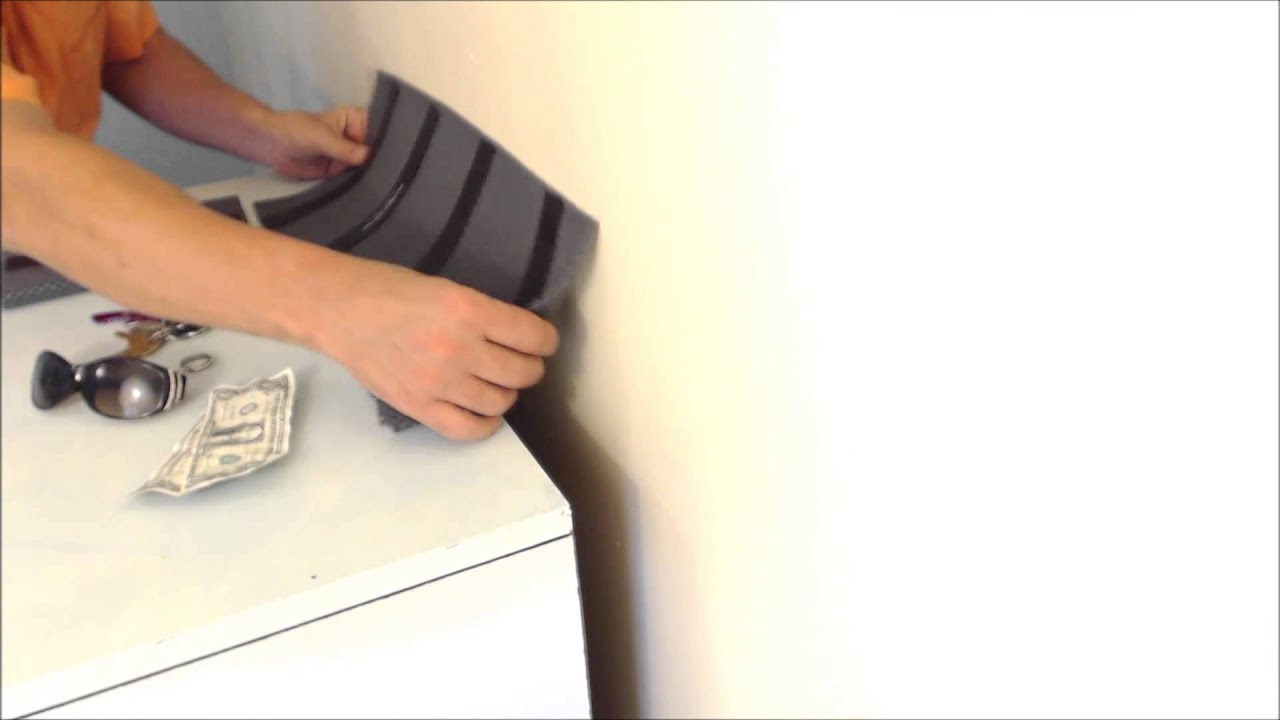
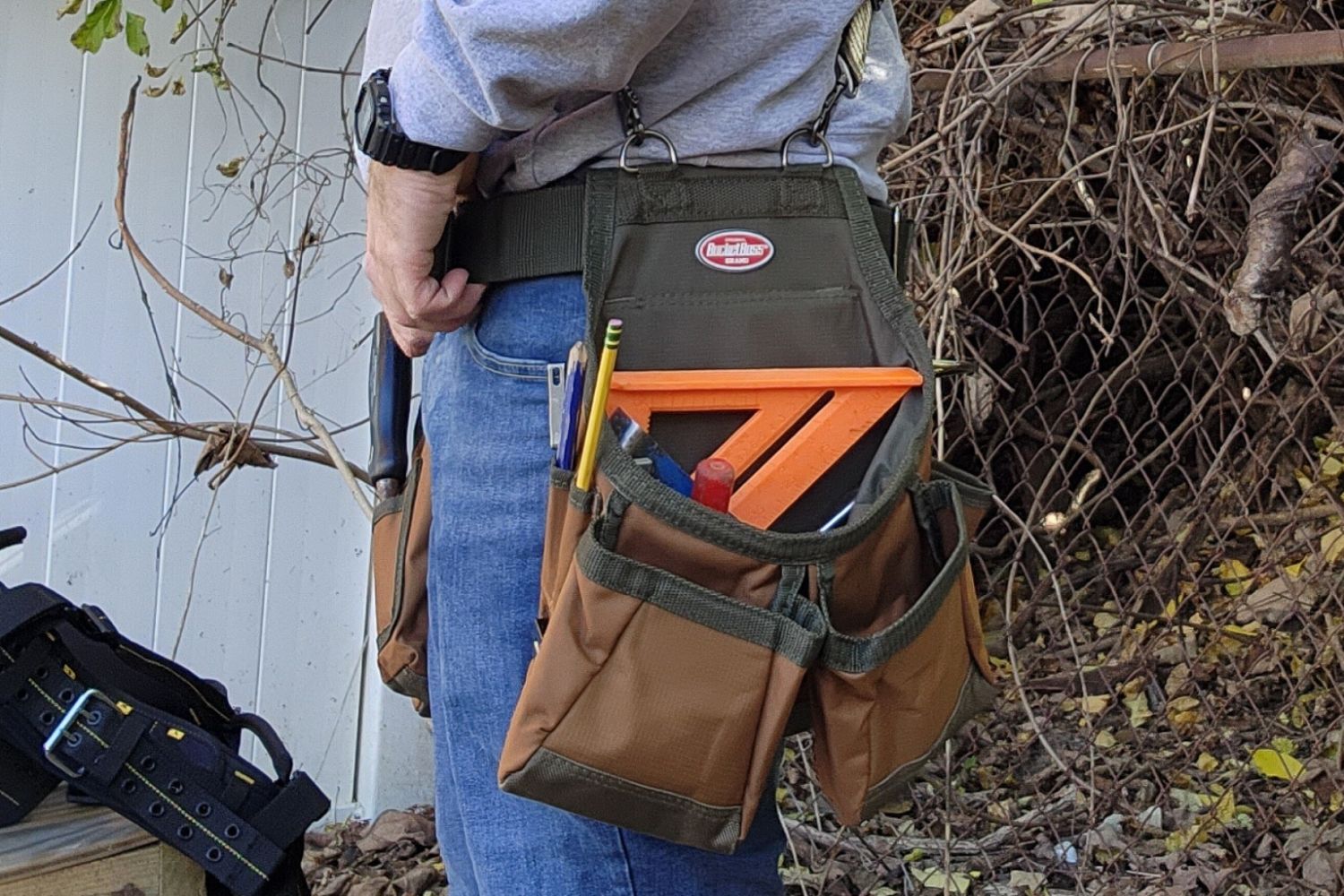
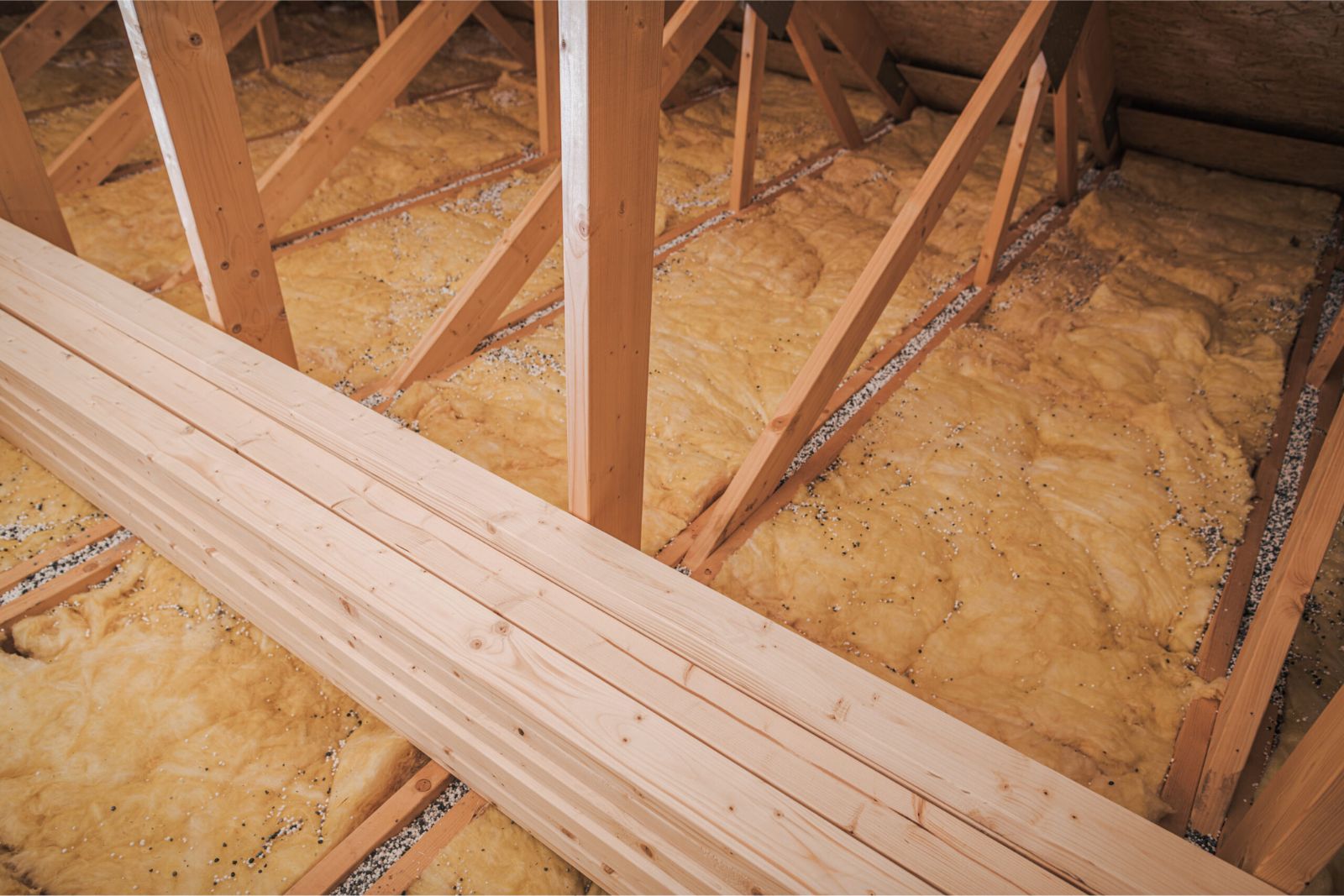
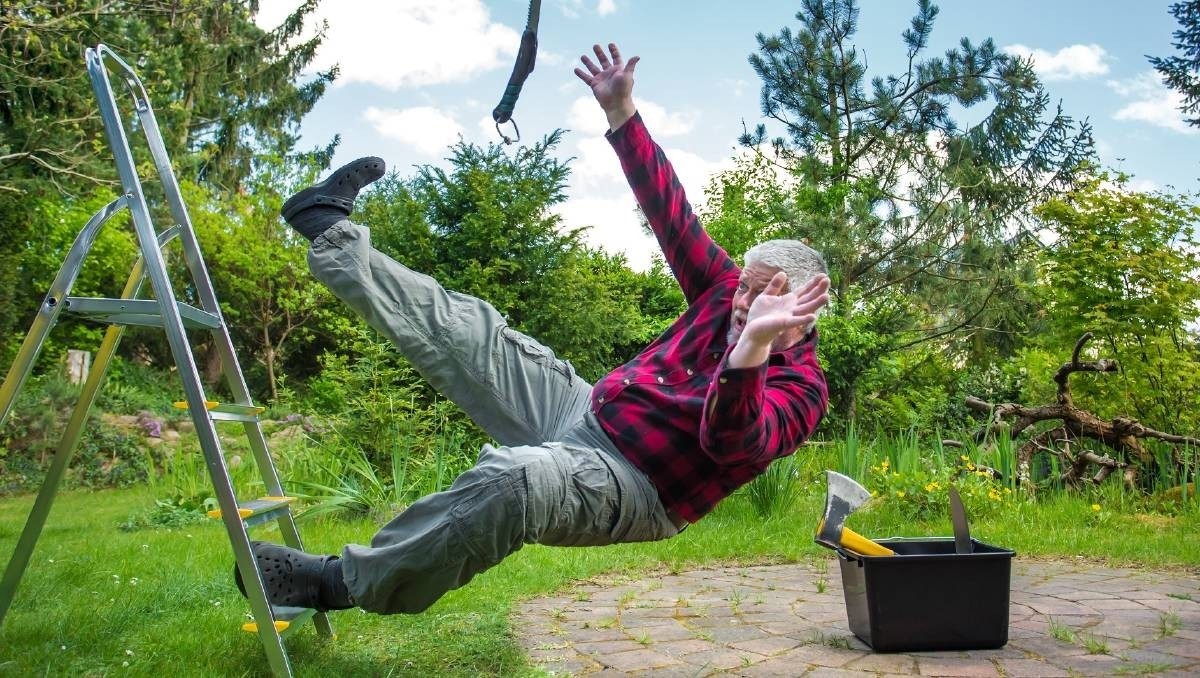
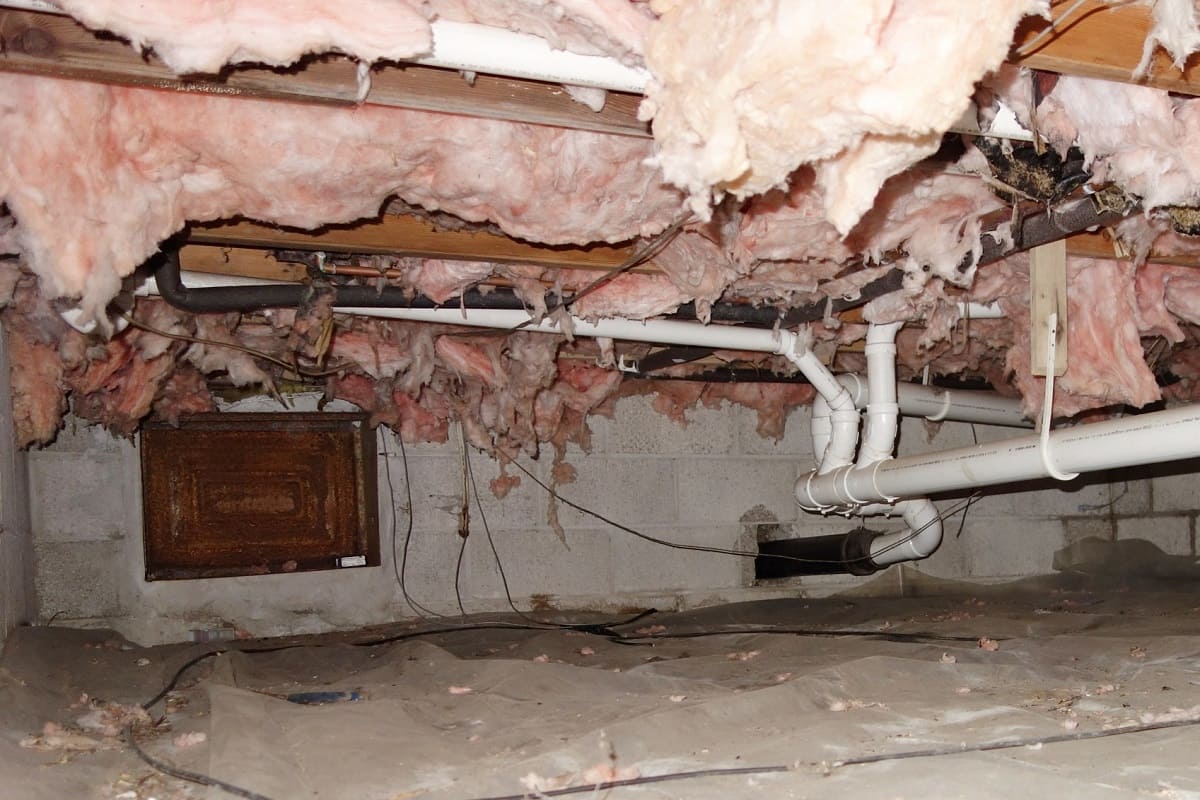
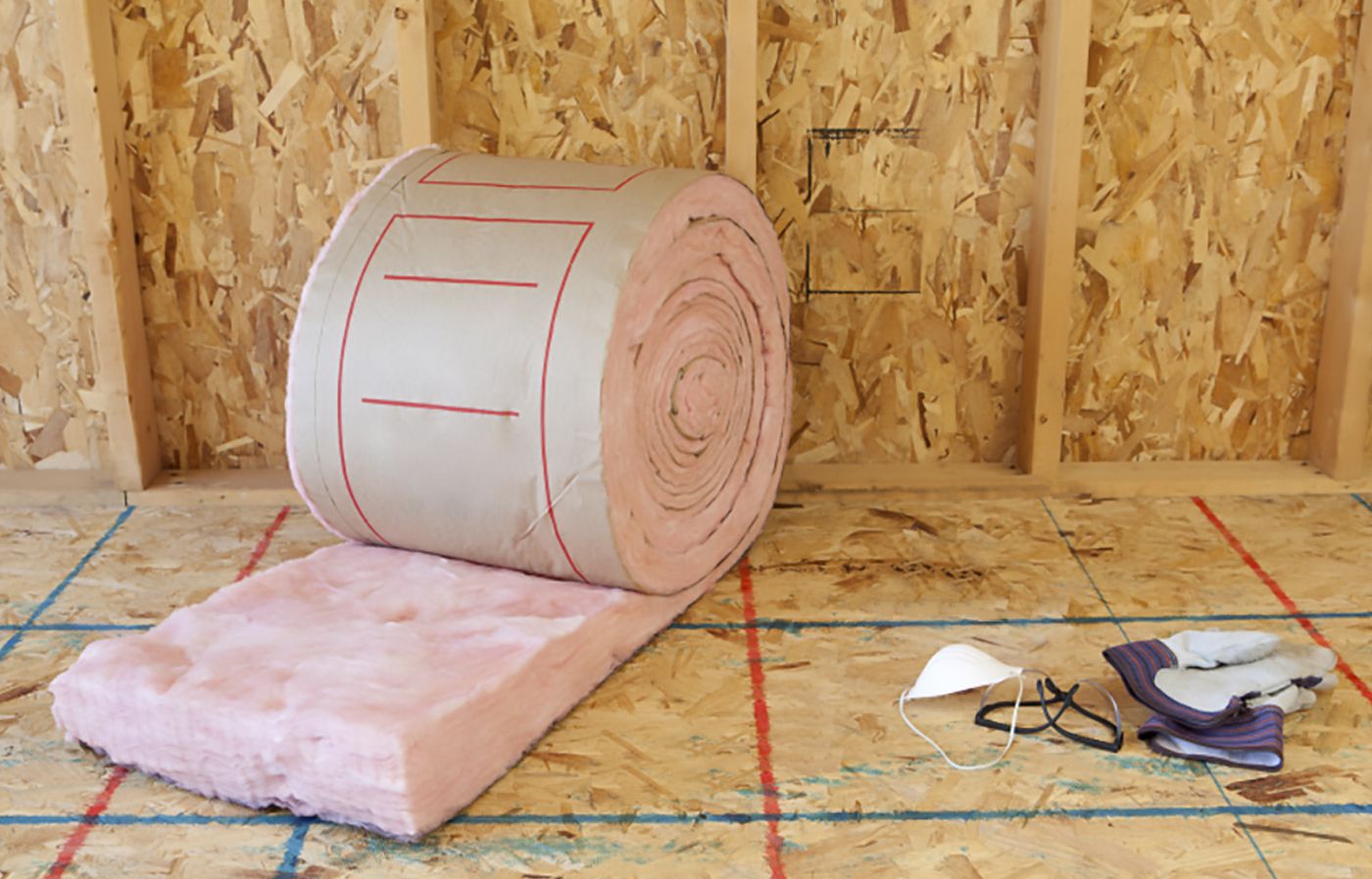
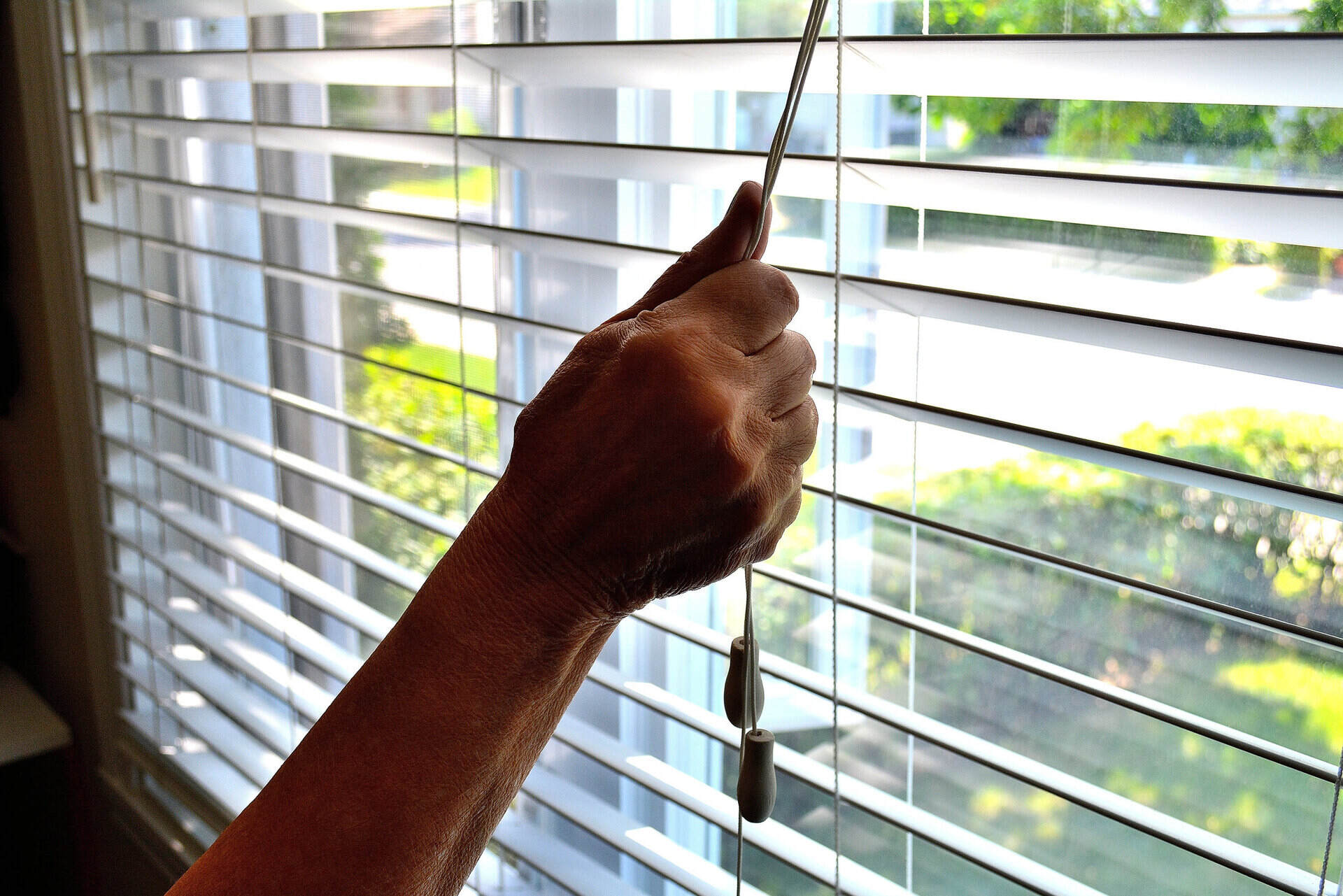
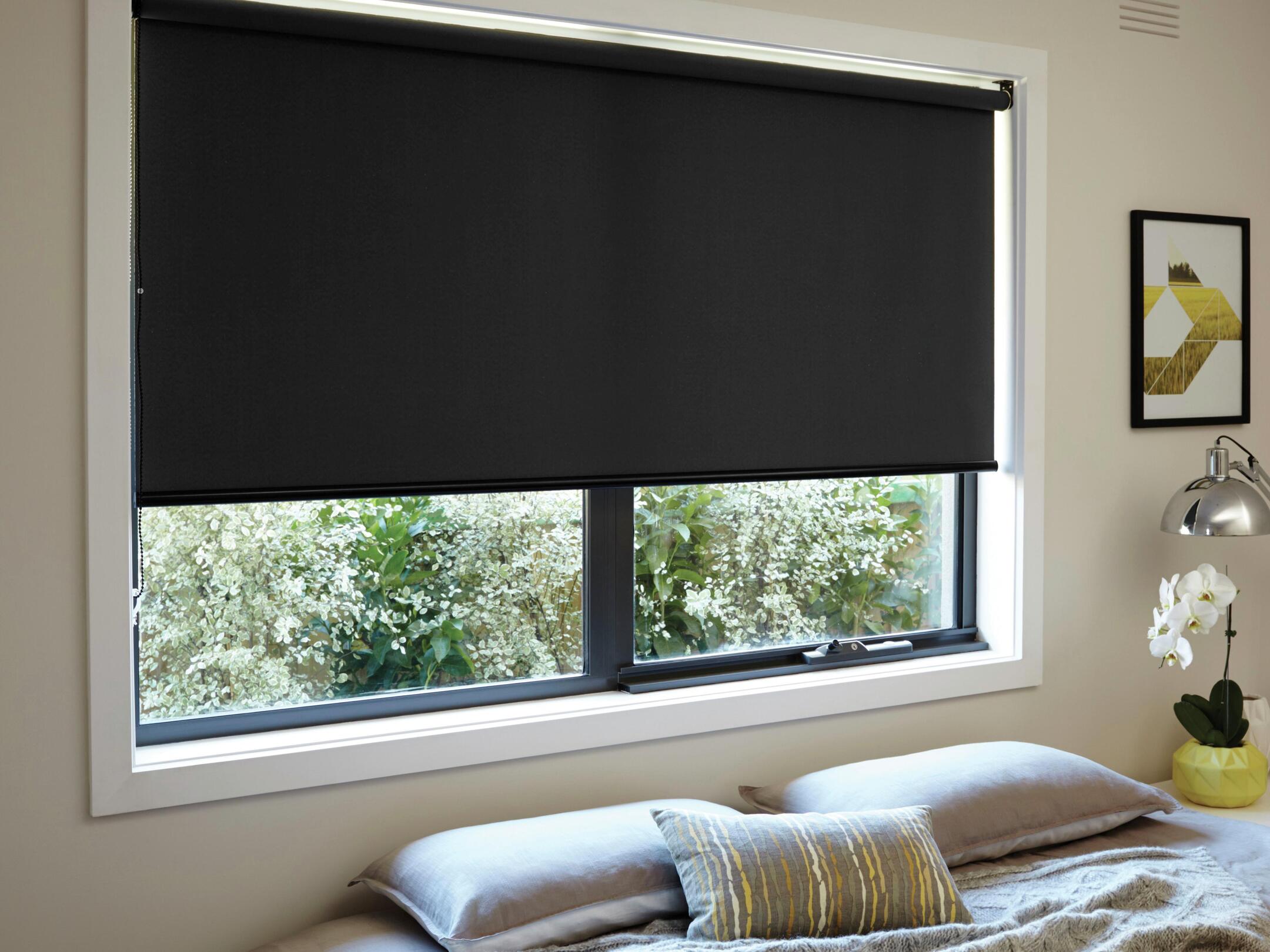
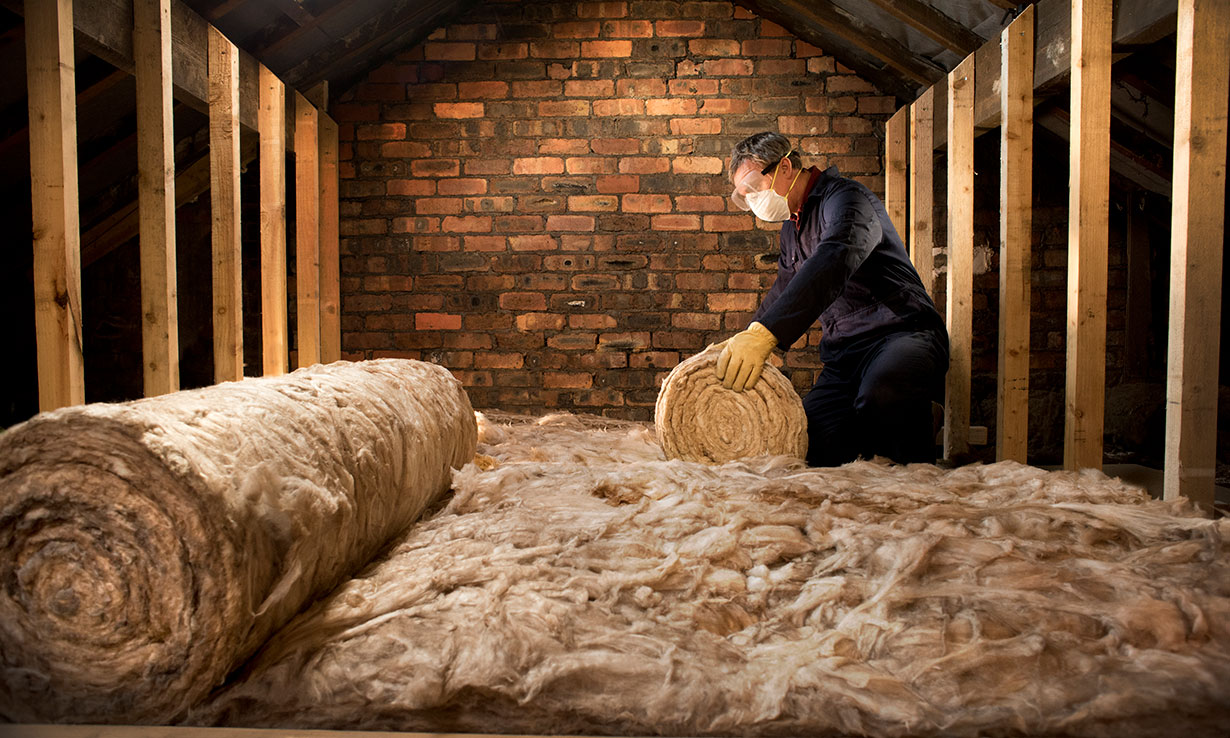
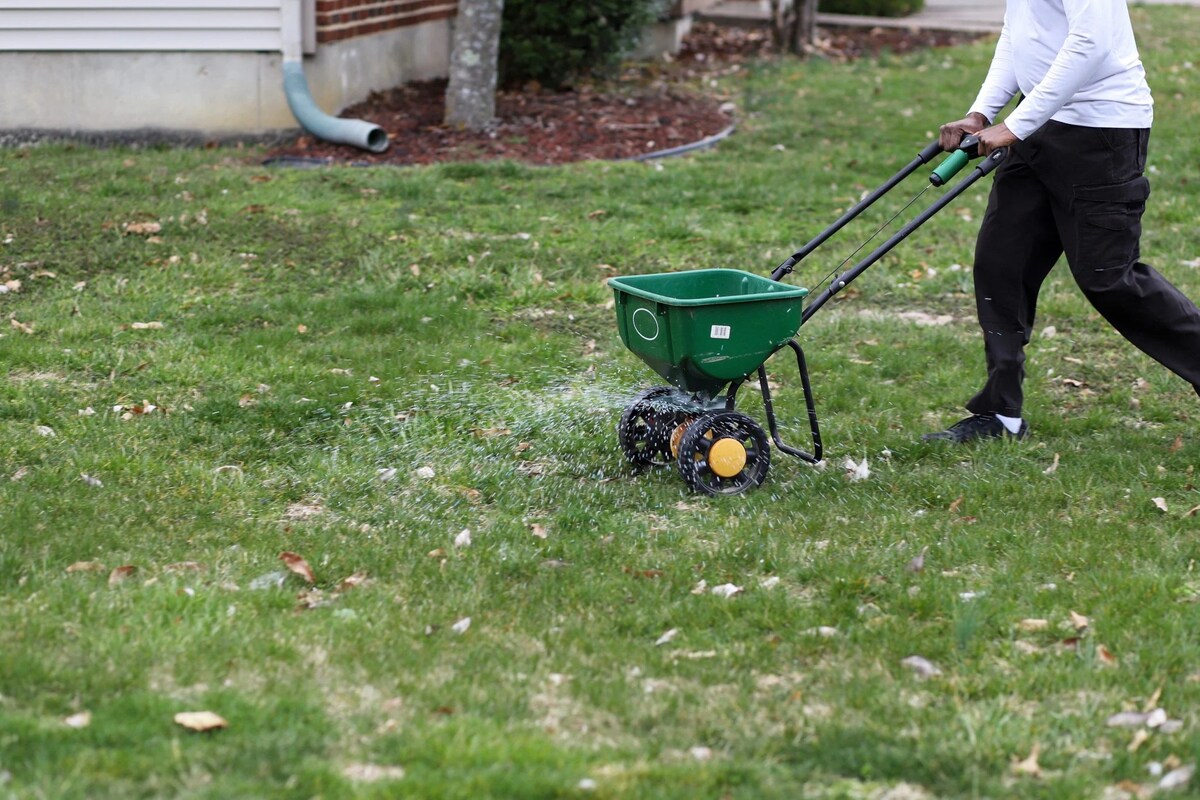
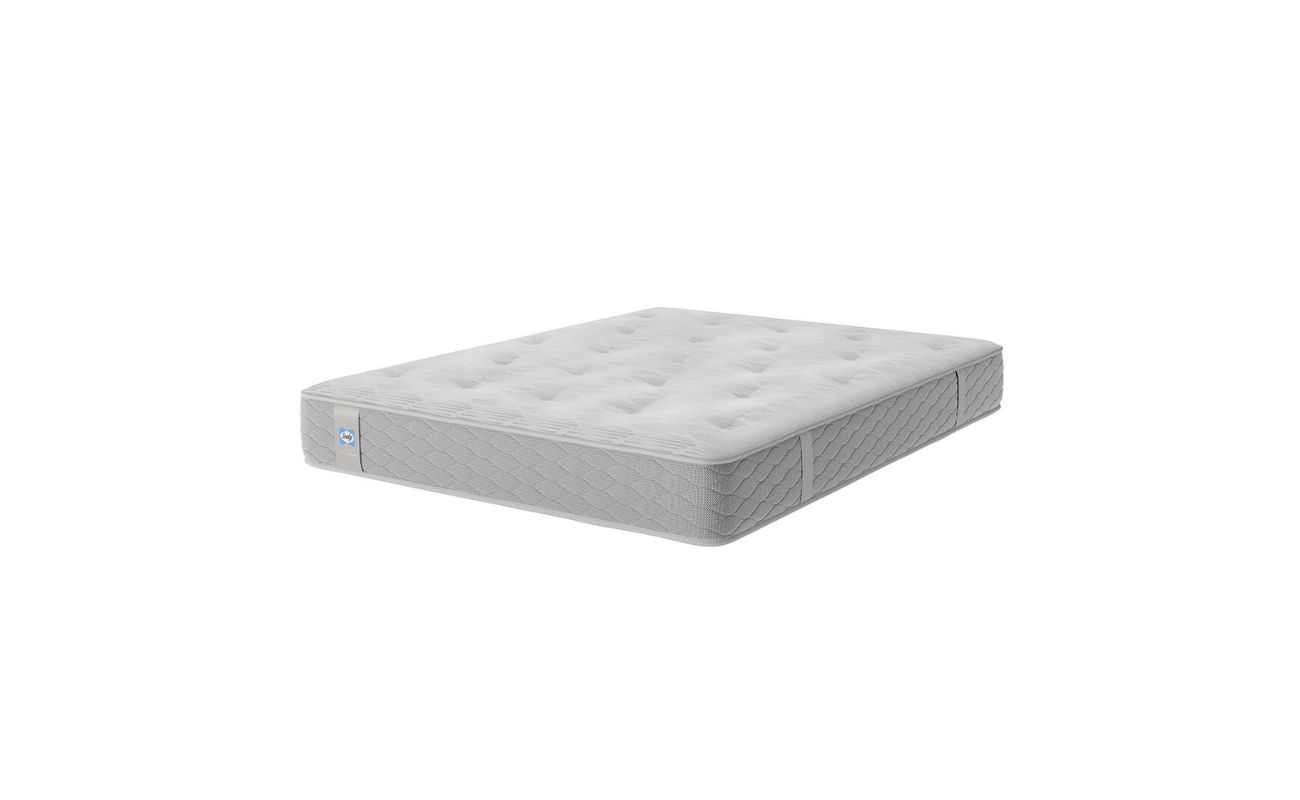

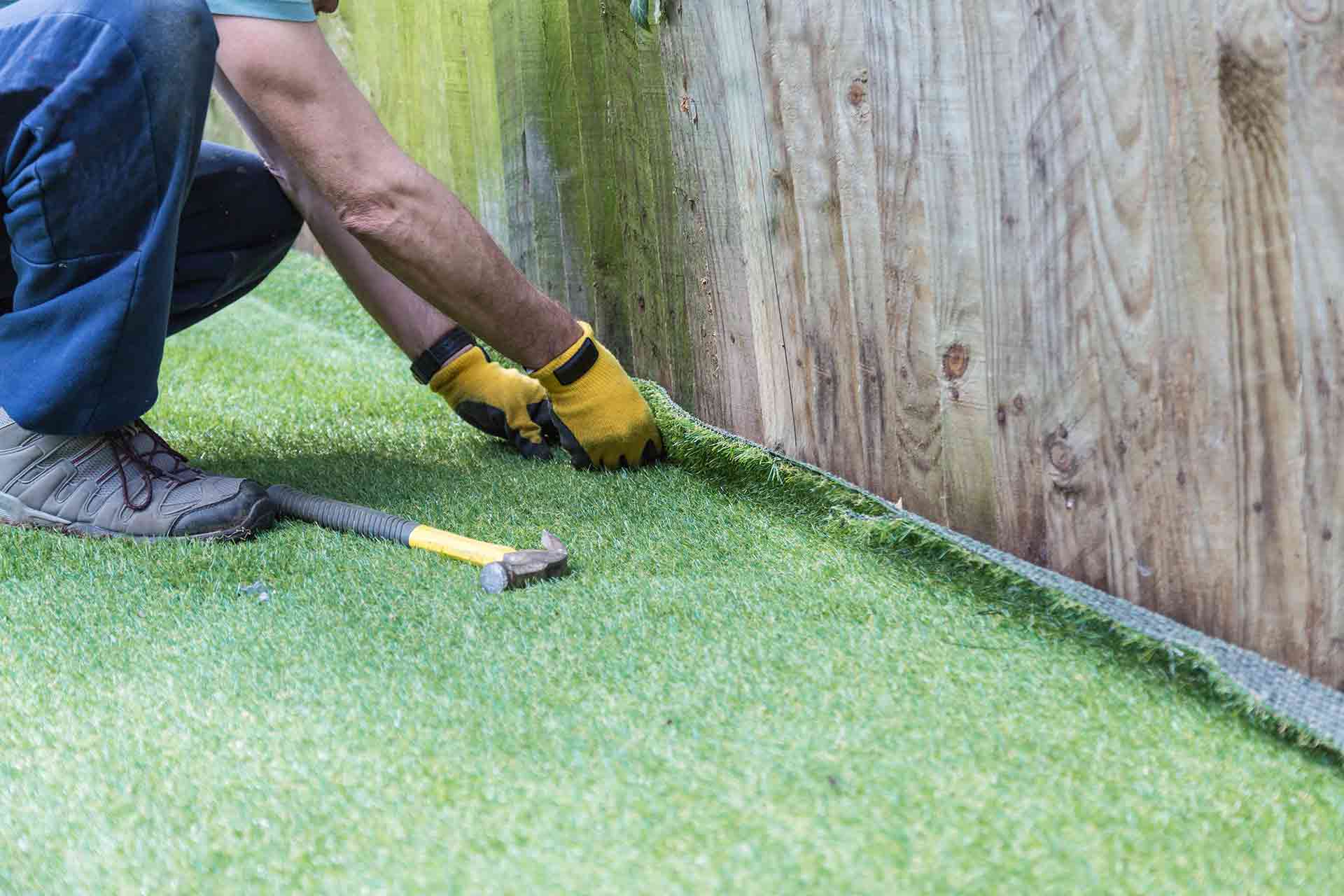

0 thoughts on “How Do You Keep Insulation From Falling Down”